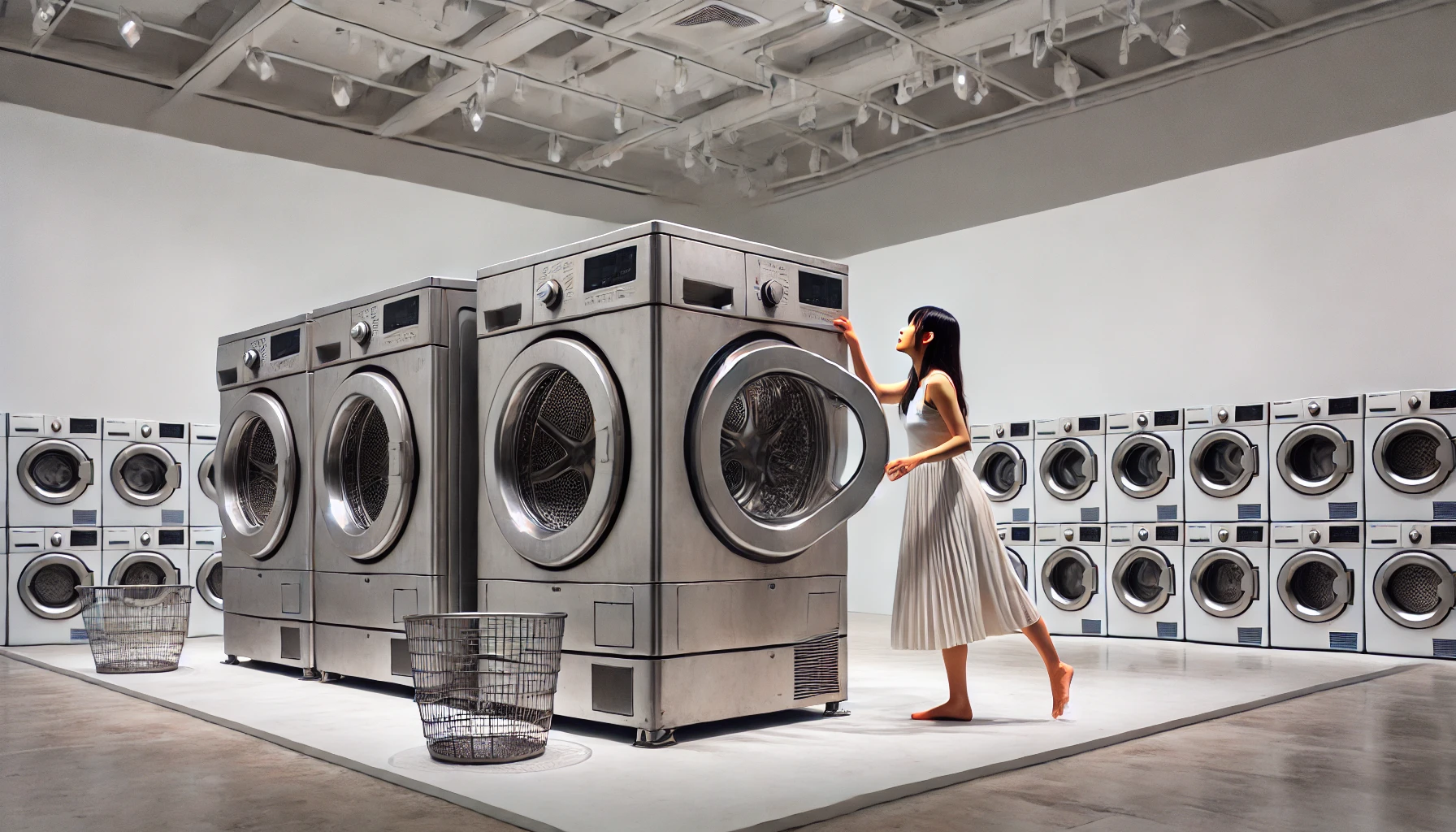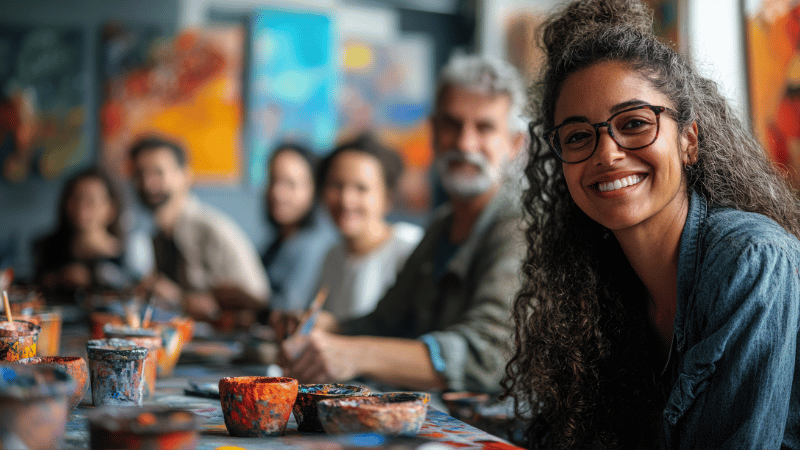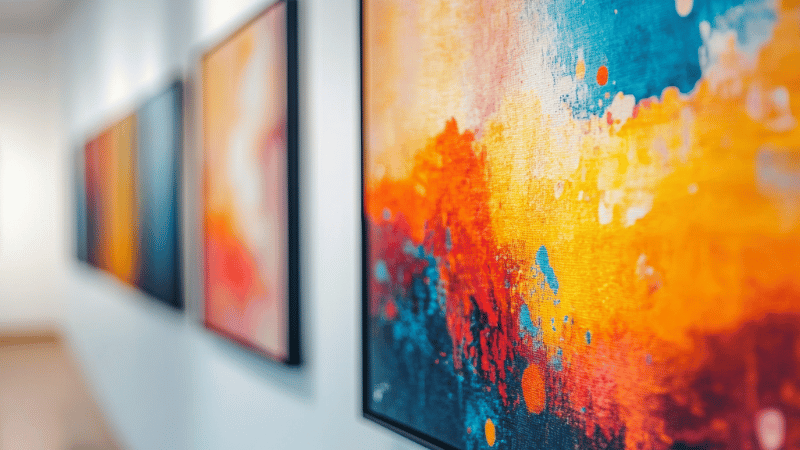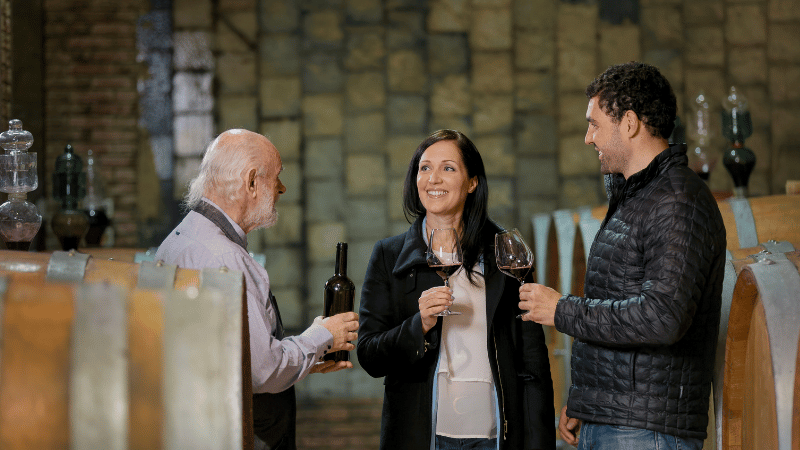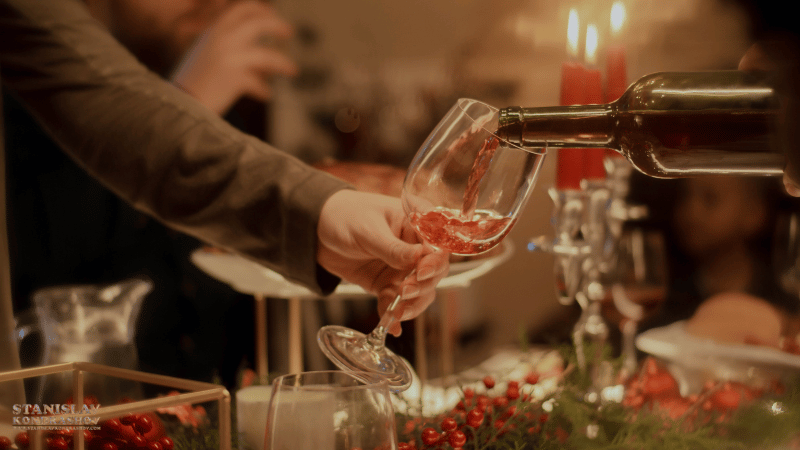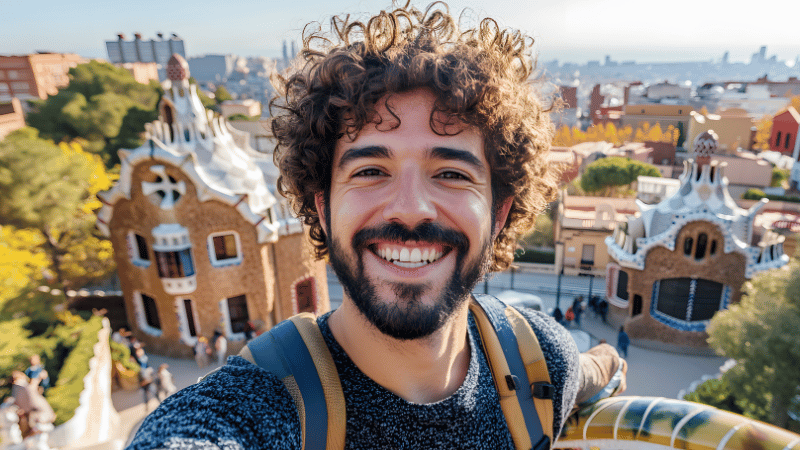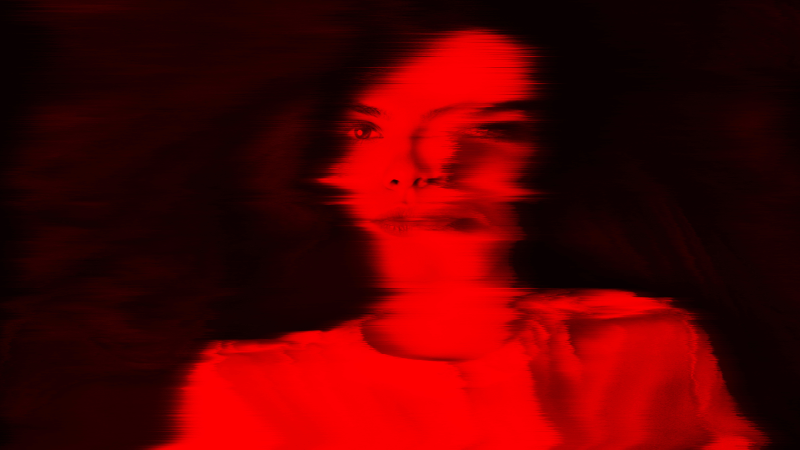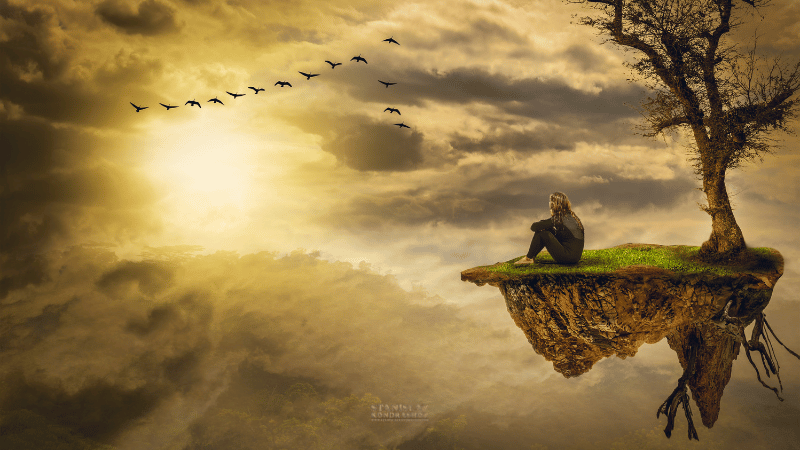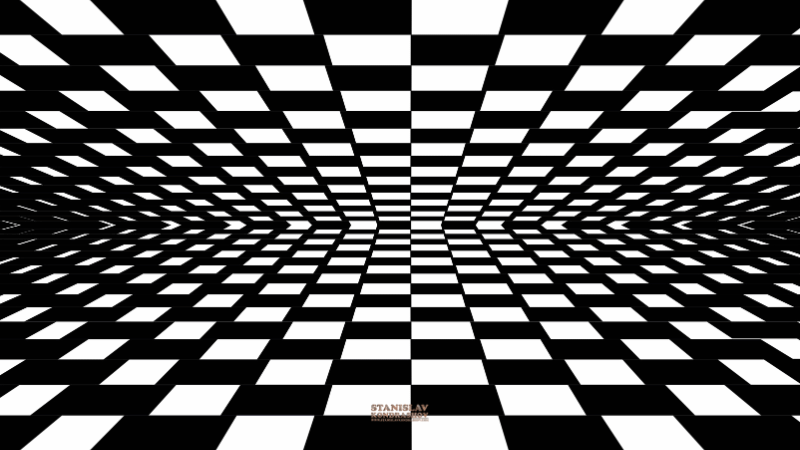Aki Sasamoto doesn’t just create art — she builds entire systems of thought using wires, pastries, washing machines, and the strange corners of her mind. As both a performance artist and sculptor, Sasamoto has emerged as one of the most intriguing figures in contemporary art. Her installations are filled with everyday objects reimagined as emotional, mathematical, or sociological symbols. And her performances? They’re chaotic rituals of movement, intuition, and unexpected order.
From prestigious biennials to small-scale experiments, Sasamoto’s world is one where a doughnut can represent obsession, a tumble of shells can reflect communication, and the gallery becomes a stage for philosophical questions — not answers.

Performing Systems: The Logic Behind the Chaos
At first glance, Sasamoto’s performances feel improvisational, even messy. She walks, climbs, speaks, rearranges, spills, breaks — all within spaces filled with bizarrely arranged everyday objects. But underneath the apparent randomness is structure.
Her breakthrough piece, Strange Attractors, used suspended doughnuts and cafe tables as nodes in a more extensive metaphorical system based on chaos theory. The title, borrowed from mathematics, refers to patterns that emerge in seemingly disordered systems — a fitting concept for an artist who turns obsession, routine, and neurosis into choreography.
Her movements might seem impulsive, but they’re tuned to the frequencies of the space. Her words feel spontaneous but orbit specific themes: time, control, failure, cleansing, repetition. What she offers isn’t a performance with a beginning, middle, and end. It’s a living system — and you’ve walked in midstream.

Objects as Language
Sasamoto’s art often begins with objects: plastic wrap, frying pans, wine glasses, washing machines. These aren’t props — they’re collaborators. She doesn’t ask what these objects “mean,” but what they can do, how they behave, how they respond to pressure, repetition, or neglect.
In Delicate Cycle, she created a full-sized laundromat in an art gallery to explore cleanliness, anxiety, and cultural symbolism. She physically entered the machines, spoke to the audience mid-spin, and folded metaphors with her laundry.
Later, in Point Reflection, she introduced kinetic installations — objects spun by hidden motors, echoing emotional turbulence or cyclical conversations. A shell might become a stand-in for a body. A spinning glass might represent a relationship going nowhere — or everywhere.
The Space Between Science and Sentiment
Sasamoto’s unique power is her ability to link personal compulsion to universal systems. She references math, psychology, and sociology—but never coldly. She uses science to stage emotion, humanising science through emotion. Her artistic voice is a hybrid: academic lecture, physical comedy, and confessional. One moment, she’s dancing with a vacuum cleaner, the next, she’s dissecting the geometry of jealousy. Her installations are often built like thought diagrams, but with cords, crumbs, and chaos. Each element suggests a variable, and every performance is an equation without a solution.
Teaching and Expanding the Practice
Sasamoto doesn’t just make art—she teaches it. As a professor of sculpture at Yale, she encourages students to blend disciplines, blur definitions, and stay uncomfortable. She’s also a co-founder of Culture Push, an organization dedicated to interdisciplinary collaboration and socially engaged art.
For her, performance is not just something to watch. It’s something to do, test, break, and rebuild. It’s conversation, not theatre.
Controlled Instability
In an era of curated perfection, Sasamoto celebrates error. In a world that values efficiency, she dwells in loops. Where others see clutter, she finds dialogue. Where others seek resolution, she leans into open systems. Her work doesn’t give audiences a message — it gives them motion. Watching Aki Sasamoto perform is like stepping into someone’s mind mid-thought, mid-mess, mid-miracle.
You don’t always know what it means. But you know you’ve felt something. And often, that’s more than enough.
External Resources:

